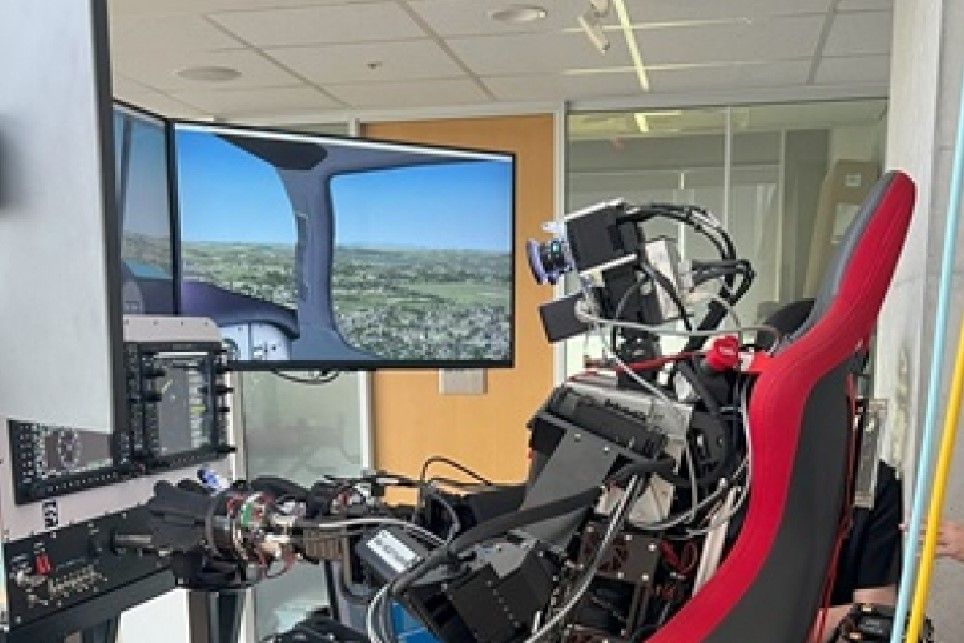In Korea, a humanoid robot has been taught to fly any model of airplane (video)
Engineers at the Korea Advanced Institute of Science and Technology (KAIST) have developed a humanoid robot that can fly an airplane without the need to modify the cockpit. The Pibot robot can move its arms and fingers to operate the flight instruments on the airplane.
External cameras allow Pibot to monitor the condition of the aircraft, while internal cameras help to control the main switches on the control panel. Pibot is able to memorize complex instructions, which increases its adaptability to different aircraft.
According to the KAIST team, the android’s memory is so large that it can memorize all Jeppesen aeronautical charts around the world, which is impossible for human pilots.
“It’s enough to put the control system configurations of all the aircraft models in the world into the robot, and it will be able to control any of them right away,” says David Shim, an associate professor of electrical engineering at KAIST.

Pibot understands and memorizes instructions originally written for humans thanks to the latest advances in large language models (LLMs). Thanks to AI, Pibot is expected to be able to fly without errors and react much faster than humans in emergency situations.
The research team is also developing and testing its own natural language model so that Pibot can perform queries without relying on an Internet connection. The adapted language model will process piloting information exclusively and will be stored on a small computer.
The humanoid robot can communicate with air traffic controllers and people in the cockpit using a voice synthesizer, which allows it to act as a pilot or first officer. Its manufacturability goes beyond the aviation industry. With a height of 160 cm and a weight of 65 kg, the robot’s humanoid design makes it easy to replace humans in roles such as driving a car, operating tanks, or even commanding ships at sea.

